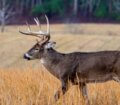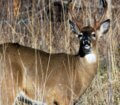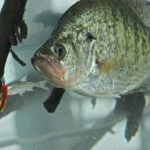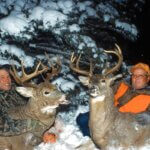Editor’s Note: “A 60-acre lease can provide all the land you and your friends need to bowhunt or gun hunt successfully – if the lease is the right 60 acres,” says Jim Crumley of Buchanan, Virginia, founder of Trebark camouflage. “If plenty of deer are passing through the property, and if you can shoot accurately for at least 20 yards in every direction, then all the land you need to take white-tailed deer consistently is about 40-square yards.” The rest of the week we’ll learn tactics to use to micro-manage deer successfully.

The location of a small deer-hunting lease directly affects whether or not you can maximize its deer-hunting potential.
For instance, an ideal deer-hunting lease may consist of about 100 to 300 acres adjacent to a true sanctuary like a state park, a national park, an industrial park, a golf course, a residential area or a goose refuge that doesn’t permit hunting.
If you have a hunting lease next to any of these kinds of sanctuaries, your chances of producing high numbers of quality deer on small tracts of land increase greatly.
“If you’re lucky enough to get a lease adjacent to one of these types of sanctuaries, you should develop as much deer food on your property as you can,” Dr. Grant Woods, one of the nation’s leading deer nutritionists and wildlife researchers, recommends.
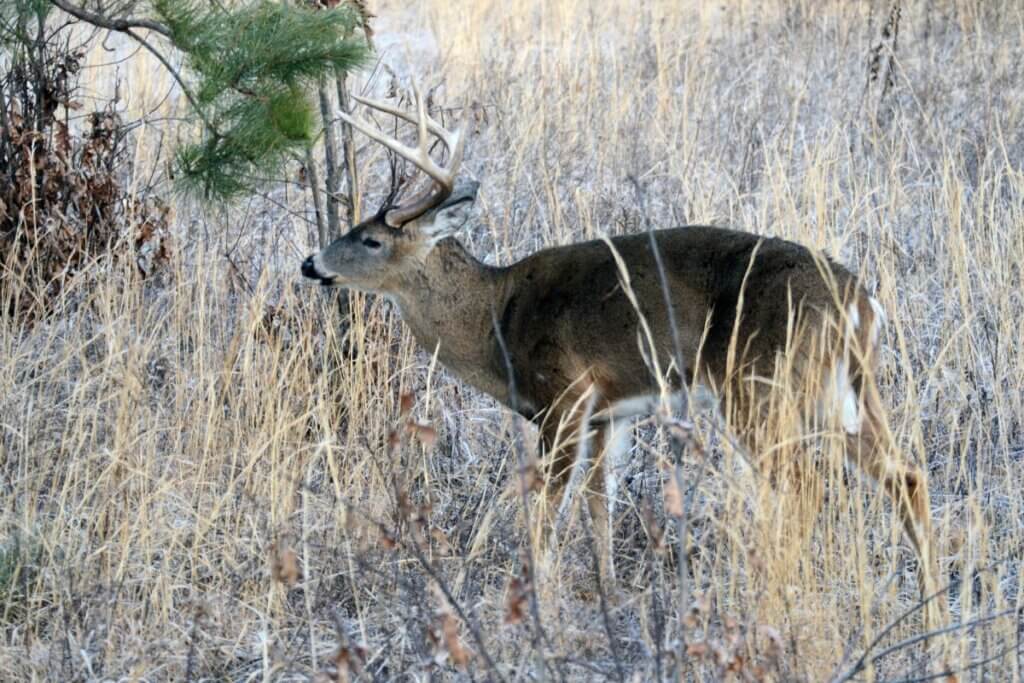
To micro-manage a small hunting lease next to a major sanctuary, develop covered corridors that allow the deer to leave the sanctuary, and find the food sources on your property as they walk into the wind. For instance, if you hunt in the Deep South, prevailing winds during most of deer season come from the northwest.
So, deer corridors on southern properties should lead deer toward food sources in northwestern locations.
“You want your cover corridors to be perpendicular to the refuge to encourage deer to move onto your property to feed,” Dr. Woods states. “Another critical ingredient to micro-managing land for deer next to sanctuaries is to approach your hunting zone without having your human odor blown into it. So, if you hunt one of these cover areas, go to your stand site from the north or the south.”
Equipment You’ll Need for Deer Hunting: Binoculars
These binoculars are highly rated by hunters like you on Amazon. Browse for a fanatastic pair to bring along on your next deer hunt!
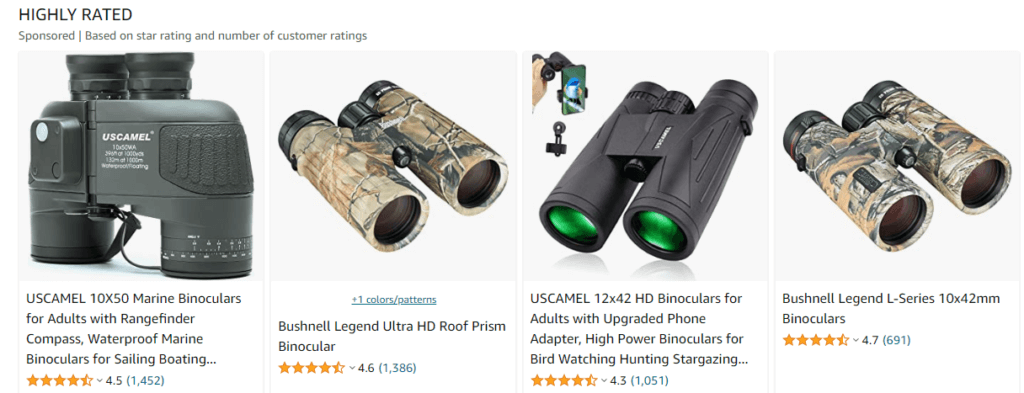
Advice from Pros You Know: More Deer Hunting Resources
Since deer hunting and deer hunters are drastically changing each year, John interviewed some top deer hunters like Mark Drury, Dr. Larry Marchinton, Dr. Bob Sheppard, Pat Reeve, Gene Wensel, Cody Robbins, Ernie Calandrelli, Brian Murphy and Luke Brewster, who took the world’s largest whitetail, to learn their up-to-date techniques for successfully hunting deer and having more places to hunt.
Too, check out John’s book, “Bowhunting Deer: the Secrets of the PSE Pros,” available now in Kindle, print, and Audible versions.
Learn even more about hunting deer by checking out John’s book, “How to Hunt Deer Up Close with Bows, Muzzleloaders and Crossbows”, available in Kindle, print and Audible.
When you click on the books, notice on the left where Amazon says you can read and hear 10% of these Audible books for free. On the right side of the page for each book and below the offer for a free Audible trial, you can click on Buy the Audible book.
To see all of John E. Phillips’ books on hunting and fishing, visit www.amazon.com/author/johnephillips.
Tomorrow: Decide the Numbers of Hunters & Deer

